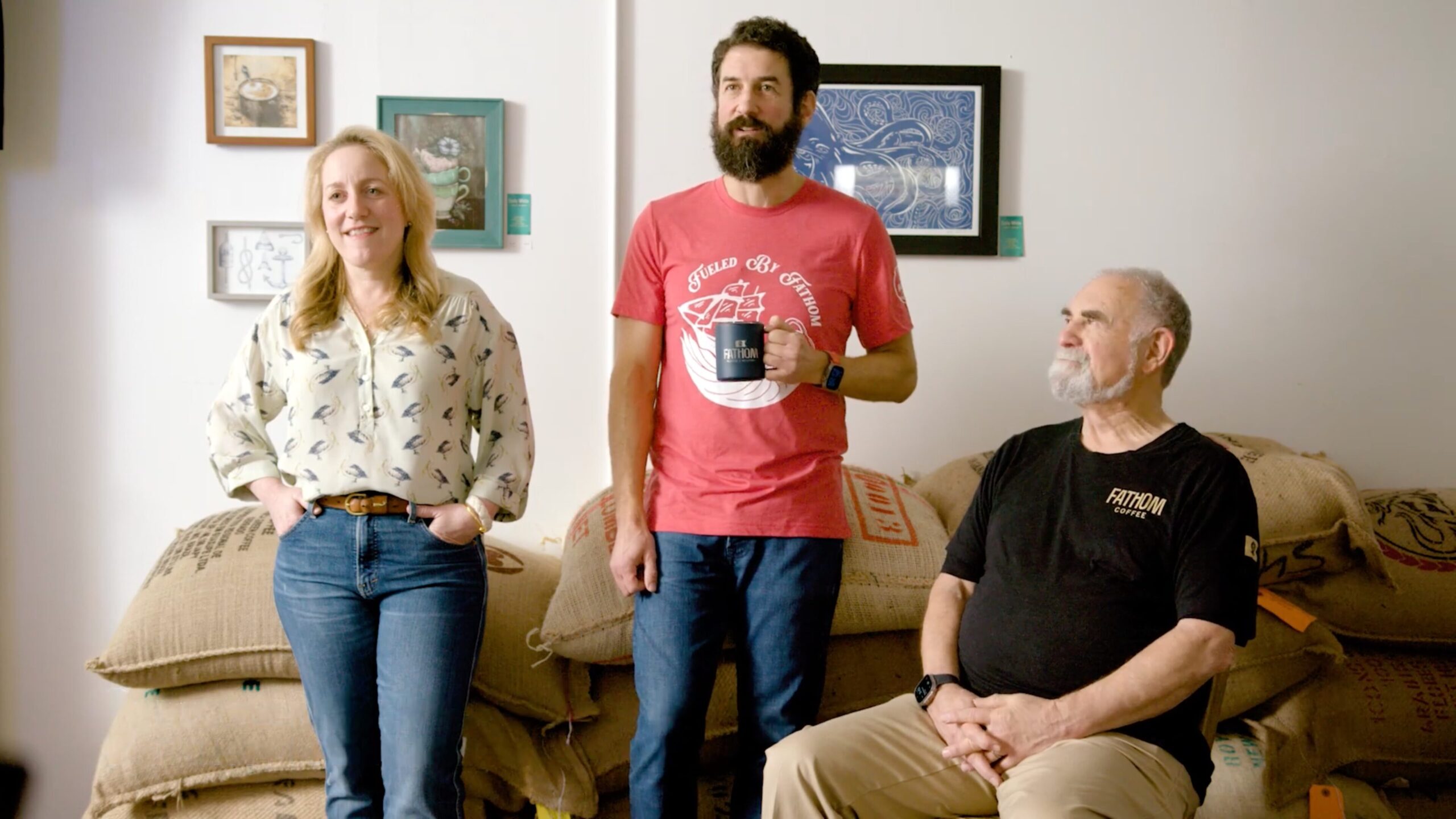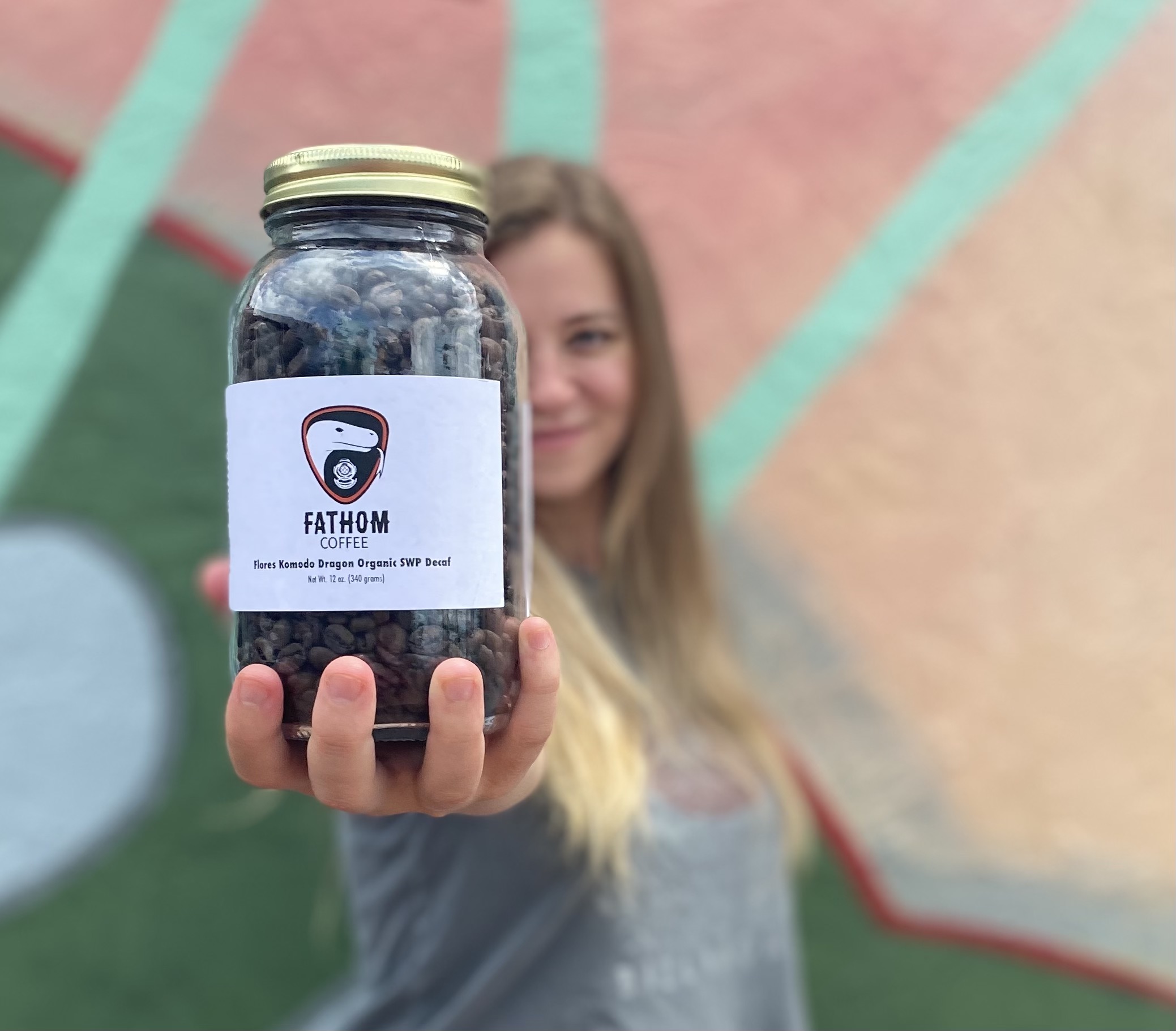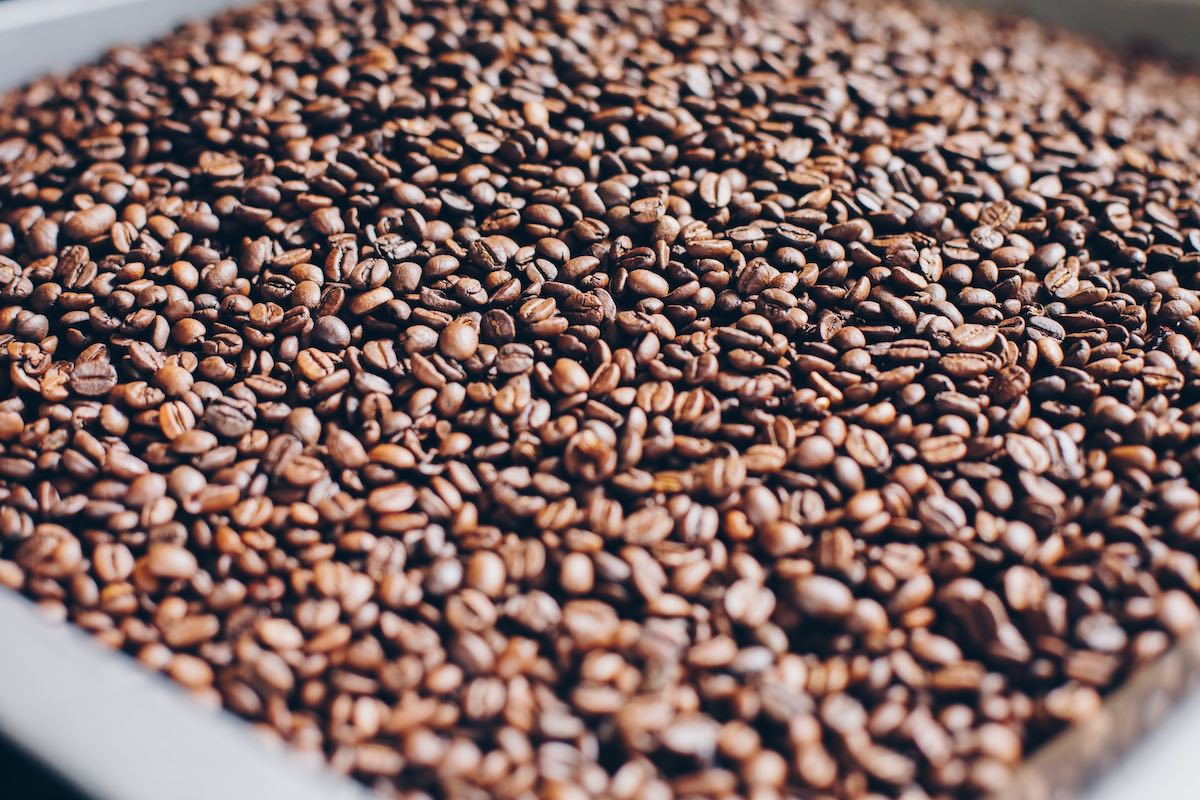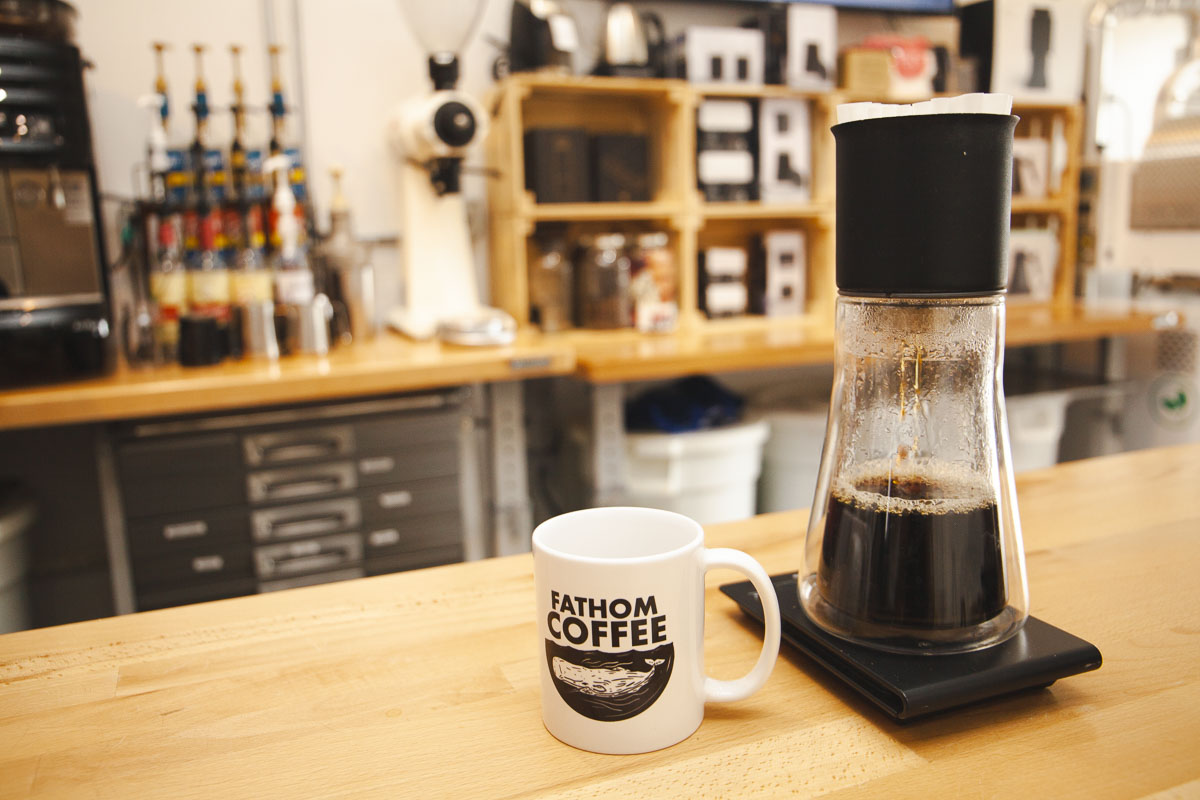

Caffeine is a natural substance we can find in various plants worldwide, including, of course, coffee. So how can we safely remove the caffeine from the beans and still have quality coffee that tastes amazing and is 100% chemical-free?
Cue Swiss Water Decaf – a scientifically proven process that naturally removes caffeine while retaining most of the bean’s original flavor.
Let’s dive into how the Swiss Water Process works and how you can best enjoy decaffeinated coffee. If you’re a health nut, caffeine-sensitive, or need to cut back your copious caffeine levels, we’ve got you.
Everyone should enjoy good coffee – to stimulate the brain and body first thing in the morning, comfort the soul before drifting off to dreamland, or anything in between.
On Deck (Table of Contents)
Did you know that caffeine is a natural substance found in more than 60 plants? Some common ones are tea leaves, coffee beans, cacao pods (for chocolate products), yerba maté, and kola nuts (for soft drinks).
On average, an 8-ounce cup of coffee contains anywhere from 95 to 200 milligrams (mg) of caffeine, depending on the origin of the bean. Caffeine impacts the body’s metabolism by stimulating the central nervous system. It blocks adenosine receptors in the brain, reducing drowsiness, facilitating nerve cell stimulation, releasing adrenaline, and increasing dopamine levels.
Because caffeine stimulates your nervous system and increases blood pressure, it can lead to various side effects for some people, including:
If you’re sensitive to caffeine, pregnant, taking medication, experiencing unwelcome side effects, or simply want to increase your health overall, cutting back your caffeine levels can be a smart move. That’s where decaf coffee comes in.
While decaf coffee isn’t “caffeine-free” per se, it has very low levels. Coffee must have at least 97% of the caffeine removed to be considered decaf. The decaffeination process occurs when the beans are raw and green (before any roasting occurs).
There are various methods for removing caffeine from coffee beans. While some involve using chemicals, the Swiss Water Process is 100% chemical-free and certified organic.
The Swiss Water technique originated in Switzerland in the early 1930s. In 1980, it was commercialized, then in 1988, it made its way to Burnaby, British Columbia, Canada, where the Swiss Water Company was established. It prides itself on producing high-quality, tasteful decaf coffee you can trust and enjoy.
Here are some of the certifications they’ve deservedly earned:
How can coffee become decaffeinated? And how can Swiss Water Company remove the caffeine using a 100% natural process?
To start, green beans from around the world arrive at the facility in Canada. Working in small batches, the facility uses three main ingredients to remove caffeine from the beans: water, temperature, and time. For 10 hours, workers carefully monitor the process.
Here’s an overview of what that process looks like:
The Swiss Water Process is unique in that it doesn’t add chemicals to the beans to remove the caffeine. It also retains most of the flavors of the original beans.
When the first batch of beans soak in pure water, the flavors and caffeine are extracted. The caffeine is then removed from the flavored water. This water solution (called Green Coffee Extract) is now prepped to work its magic on new beans.
The Green Coffee Extract is added to a small batch of new beans to remove only the caffeine (and leave the flavors) using osmosis. Since the beans are already saturated in flavor, only caffeine is pulled out of the bean and into the water.
The water is then drained, and the caffeine is removed from the solution so the GCE can be reused in future batches. What do you have left? Decaffeinated beans with flavors intact.
Swiss Water Decaf is often considered the “healthiest” decaf coffee option. It’s natural, organic, and chemical-free. It also has many of the rich antioxidants of regular coffee.
On the Oxygen Radical Absorbance Capacity (ORAC) scale, coffee scores 2,780 per every 100 grams. That means it’s very high in antioxidants – even higher than the superfood kale (at 1,770 per 100 grams). Swiss Water Decaf has polyphenols that help your body fight against damage caused by radiation, ultraviolet rays, and some pathogens. This can help lower the risk for illnesses like heart disease, diabetes, and cancer.
Swiss Water Decaf is 99.9% caffeine-free (some decaf is only 97%). Compared to a regular cup of joe that contains around 100 mg of caffeine on average for every 8 ounces of coffee, SWP decaf contains only about 2 mg of caffeine.
Make sure your “Swiss Water Decaf” is legitimate, and your coffee is as healthy as can be. Here are some things to look for:
Fathom Coffee sells various decaf coffees, including Swiss Water Decaf. Our Flores Komodo Dragon Organic SWP Decaf is a heavy-bodied roast with notes of ginger, coriander, and molasses. Our Kenya SWP Decaf is a blend of AA and AB beans. We also have Decaf Ethiopia Fair Trade Certified Organic Sidamo, which boasts unique flavors and tastes just like its caffeinated counterpart.
Each of these coffees retains robust flavors, despite being decaffeinated. We don’t believe you should sacrifice taste or quality – no matter how much caffeine is in your cup.


India is the sixth largest coffee exporter in the world. But it hasn’t always been that way. From smuggling a few measly coffee beans into

Coffee is a lot of things: comforting, energizing, tasty, even trendy. But did you know it also has an abundance of health benefits? If you